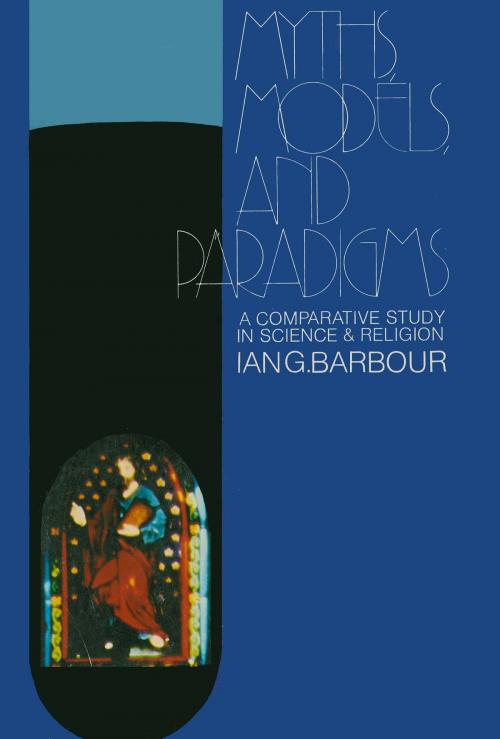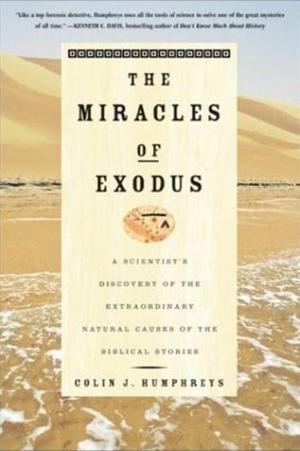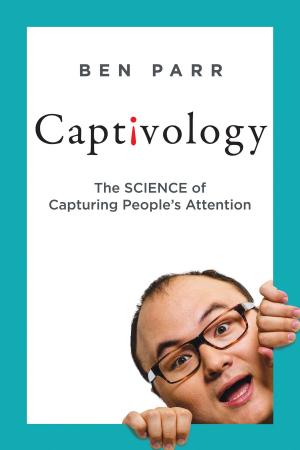| Author: | Ian G. Barbour | ISBN: | 9780062276421 |
| Publisher: | HarperOne | Publication: | March 19, 2013 |
| Imprint: | HarperOne | Language: | English |
| Author: | Ian G. Barbour |
| ISBN: | 9780062276421 |
| Publisher: | HarperOne |
| Publication: | March 19, 2013 |
| Imprint: | HarperOne |
| Language: | English |
Scientist and philosophers have more in common than might first appear, especially when the language used in the two disciplines receives a closer scrutiny, Ian G. Barbour treats three scientific view-points that can clarify the specific nature of religious language. The first theme is the diverse function of language. Science and religion each has its own task and its own applicable logic and language. Religious symbols and their expression in myths imply a perspective and interpretation of human history and experience, directing attention to particular patterns in events. The second theme is the role of models in both scientific and religious language. What the "billiard ball model" of a gas and the biblical model of personal God both achieve is an interpretation of experience, a restructuring of how one sees the world. The third area in which science and religion have a common stake is the role of paradigms. Paradigms are standard examples of scientific investigation which embody a set of assumptions and becomes a research tradition until replaced by other assumptions. Religions has its paradigms, like the covenant of Sinai, wich have issued in traditions. Dr. Barbour concludes that scientific and religious language bother offer knowledge of reality based on experience. In determining the appropriate data and criteria for this experience the philosopher of religion can profit greet from the work of the scientist.
Scientist and philosophers have more in common than might first appear, especially when the language used in the two disciplines receives a closer scrutiny, Ian G. Barbour treats three scientific view-points that can clarify the specific nature of religious language. The first theme is the diverse function of language. Science and religion each has its own task and its own applicable logic and language. Religious symbols and their expression in myths imply a perspective and interpretation of human history and experience, directing attention to particular patterns in events. The second theme is the role of models in both scientific and religious language. What the "billiard ball model" of a gas and the biblical model of personal God both achieve is an interpretation of experience, a restructuring of how one sees the world. The third area in which science and religion have a common stake is the role of paradigms. Paradigms are standard examples of scientific investigation which embody a set of assumptions and becomes a research tradition until replaced by other assumptions. Religions has its paradigms, like the covenant of Sinai, wich have issued in traditions. Dr. Barbour concludes that scientific and religious language bother offer knowledge of reality based on experience. In determining the appropriate data and criteria for this experience the philosopher of religion can profit greet from the work of the scientist.















